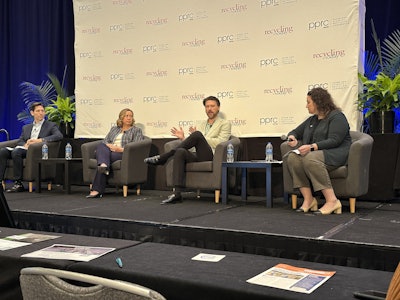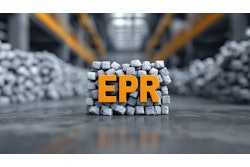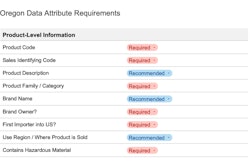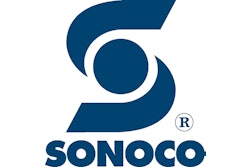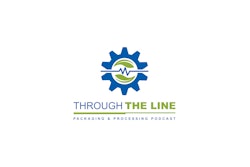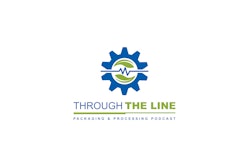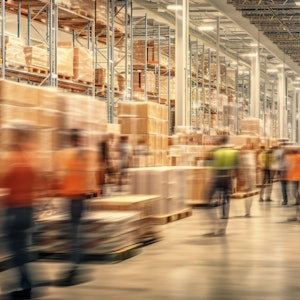Extended producer responsibility (EPR) laws are forcing packaging stakeholders to quantify what, until now, often lived in supplier spreadsheets or sustainability dashboards. For brand owners, compliance begins not on the production floor or in the recycling stream, but with data about every component in their packaging portfolio — its materials, recycled content, and potential yield at end of life.
Today at the Paper and Plastic Recycling Conference, hosted by Recycling Today, Scott Byrne, VP of global sustainability at Sonoco, described how converters are taking on a central role in helping brand owners (deemed producers under EPR) gather that information.
“Where we are as a packaging converter supporting brand owners right now is kind of the foundational data,” Byrne said. “Obviously they’ve had to provide data [for EPR reporting in places like Oregon]… on tonnages, but we’re going that one level deeper — what does recycled content look like, what materials are in there, what could possible yields look like if we start to look at some of those requirements?”
The data stage comes first
For now, most producers and converters are still in what Byrne calls “the data stage.” Gathering accurate material specifications, composition data, and recycled-content values is the first step toward meeting the reporting and fee-modulation requirements emerging in states like Oregon, Colorado, and California.
“That data stage is probably going to take the next 12 months or so just to get comfortable there,” he explained. “Then we’ll start to say, okay, what does future product development look like? How do we meet some of these other goals?”
In California, for example, the 2032 mandate that all packaging be recyclable, compostable, or reusable sets an aggressive timeline for redesign. The accuracy of early data collection will shape how quickly brands can pivot later on.
Converters become data partners to brands
For converters like Sonoco, who manufactures plastic, metal, and fiber-based packaging, the EPR era means a shift in how they serve customers. Providing detailed packaging specifications isn’t an optional value-add, it’s an essential service that enables brands to calculate fees, demonstrate recycled content, and anticipate design changes.
This collaboration mirrors what the European Union has already experienced under its Producer Responsibility Organizations (PROs). Converters who can supply material data in standardized formats help brand owners avoid duplication and simplify reporting across multiple jurisdictions — a critical advantage as U.S. programs proliferate.
Once the reporting foundation is in place, Byrne expects the conversation to shift from data gathering to data-driven design. Understanding how a package performs in recycling systems — its sortability, yield, and end-market value — will inform design-for-recycling decisions. That information will also feed into “eco-modulation” fee structures that reward recyclable formats and penalize hard-to-recycle ones.
For brand owners, Byrne says early collaboration with converters is the surest way to prepare for those financial signals. For converters, it is a chance to reposition technical expertise in materials and process engineering as a strategic asset in their customers’ compliance journey.
Byrne framed EPR data as a shared responsibility across the value chain. Accurate packaging data is the foundation that supports fee assessment, recycled-content tracking, and design innovation. So, collaboration between converters and brand owners will determine how quickly the U.S. packaging sector can adapt to the circular economy.
“Once we get the data piece right,” Byrne said, “then we can start to look at what’s in the world of possibilities for new product development and meeting these goals.”
